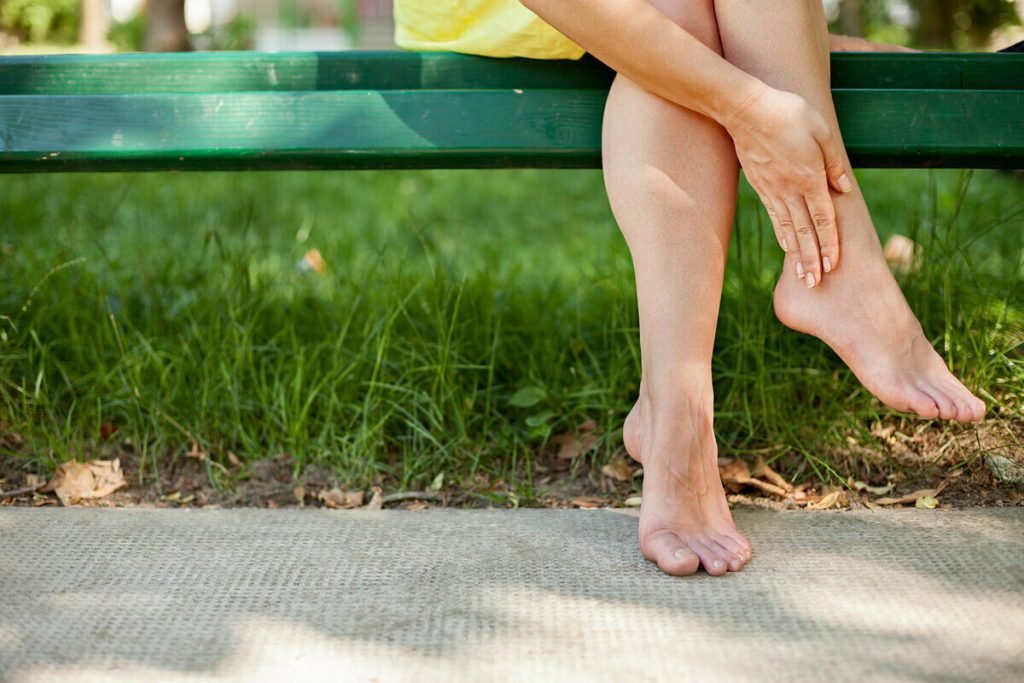We include products we think are useful for our readers. If you buy through links on this page, we may earn a small commission. Here’s our process.
Your feet do a lot of work. Whether walking around, standing for long stretches of time, or exercising, your feet are generally putting in long hours. There are many ways to soothe sore, tired feet at home. Generally, a combination of efforts will help rejuvenate your feet.
These ten methods may relieve your sore feet over time. Trying more than one of these recommendations may help ease your foot pain faster than just doing one at a time.
A warm foot bath may be just the ticket to alleviating foot pain. Adding Epsom salts to a foot bath can relieve your sore muscles and can even reduce swelling in your feet. You may be tempted to try other products in your foot soak like baking soda, but this ingredient is more likely to target skin-related conditions than soreness or swelling.
You can make an Epsom foot bath by adding one cup of Epsom salts to a tub of warm water. Soak your feet in this mixture for around twenty minutes for relief.
You can also try some stretching exercises to help your sore feet. You can target one area of your foot like your toes or heel, or you can engage in several stretches to target your entire foot. These exercises can prevent cramping and promote flexibility:
Keeping your feet flexible and strong are keys to avoiding foot pain. Walking regularly for exercise is actually the best way to keep your feet limber and healthy. Avoid engaging in a lifestyle that is too sedentary. A pedometer may be a way to make sure you’re walking enough and keeping your feet active.
Avoid engaging in a lifestyle that is too sedentary. A pedometer may be a way to make sure you’re walking enough and keeping your feet active.
You can also try resistance exercises to strengthen your feet and prevent future soreness. You can use resistance bands or weights to build strength in your feet. Even your own body weight can serve you in resistance training.
Here are a few strengthening exercises for your feet:
You can massage your own feet to help soreness and improve circulation.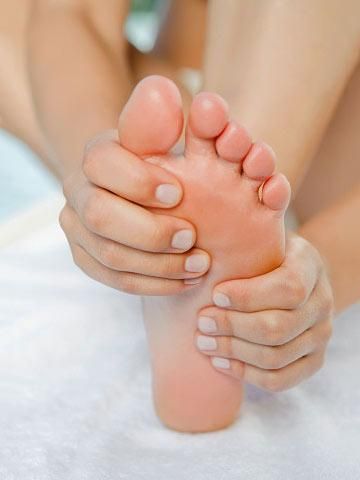 Sit down in a comfortable chair and rub and knead the bottoms of your feet. Pull apart and bend your toes to massage them. Using lotion or oil can help lubricate your skin, making it easier to massage the foot.
Sit down in a comfortable chair and rub and knead the bottoms of your feet. Pull apart and bend your toes to massage them. Using lotion or oil can help lubricate your skin, making it easier to massage the foot.
Products like foot rollers (which are textured cylinders), may also help massage the foot if you roll it on the floor with your feet.
Arch supports, or orthotics, can keep your feet stable while standing or walking, eliminating pain. You can purchase these at the store or have them custom made for you by a doctor. Both have shown to be effective in eliminating rear foot pain and improving overall foot functioning.
See arch supports for purchase online here.
Your shoes could be the culprit for your foot pain. Wearing shoes beyond their life span, the wrong style of shoe, or an incorrect shoe size can impact the health of your feet.
Keep in mind:

Consider purchasing new, well-fitting shoes to help your aching feet. Shoes that provide proper arches can give your feet new life. Also, wear shoes that work for whatever activity you’re engaging in. For example, wear sneakers when exercising.
Icing your feet can reduce inflammation that causes soreness. Apply ice to sore feet by filling a plastic bag with ice or rolling your feet on a frozen water bottle. Try to ice the affected area for 5 to 15 minutes a few times a day to help reduce inflammation.
There are several over-the-counter medications you can try for pain and inflammation. Medications like acetaminophen can target pain, while nonsteroidal anti-inflammatories, like ibuprofen and naproxen sodium, can target pain as well as inflammation.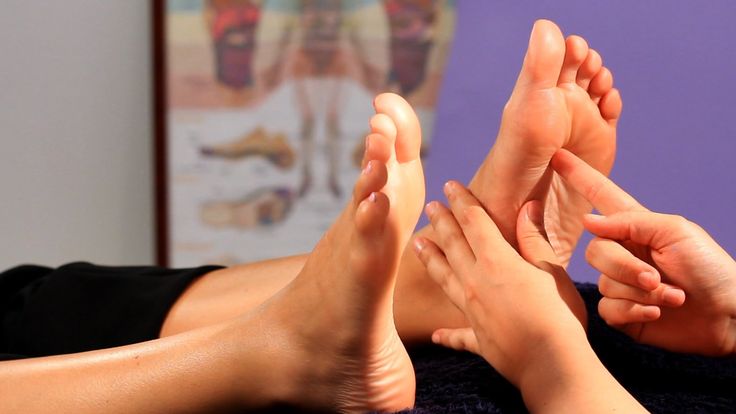
You may need to take these types of medications for a few weeks to completely relieve long-lasting foot inflammation. It may be helpful to talk to a doctor to find out how long you can take one of these medications and avoid the side effects.
You may find that applying a medication topically to your foot helps with foot pain. There are some products available over the counter that offer cooling and pain-relieving sensations. Some of these medications include ingredients like menthol, eucalyptus, and turpentine. Others contain salicylates or substance P to reduce pain.
You may be able to address foot pain while you’re sleeping. Night splints keep your feet in a locked position overnight so you don’t sleep with your feet pointing, which can cause foot pain.
One study suggests that night splints may be a cost-effective and useful way to treat plantar fasciitis, a common foot condition that affects up to 1 million people per year.
Buy night splints online.
Before you try home remedies for sore feet, consider if you have a more serious condition that should be seen by a doctor.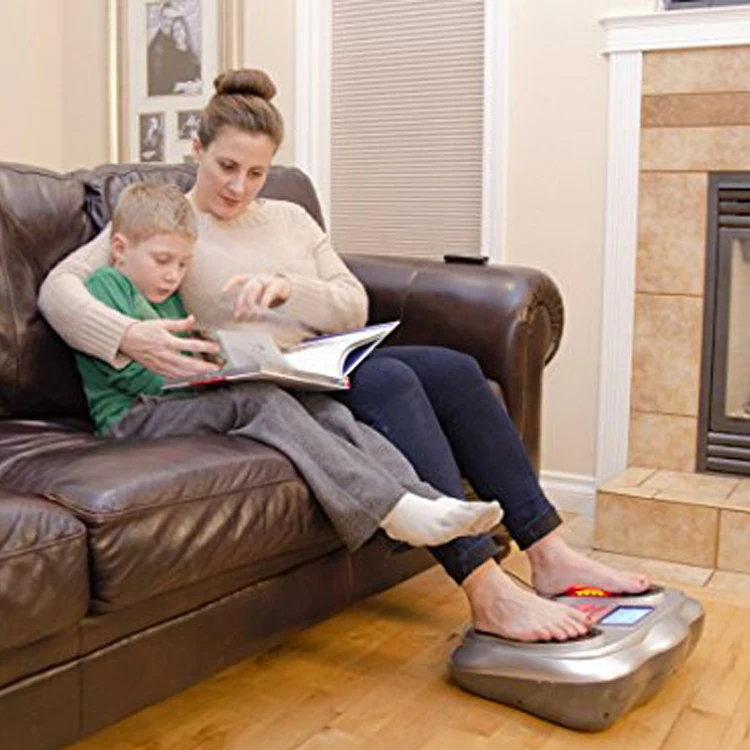 You may have injured your foot or developed a condition that can only be treated by your doctor.
You may have injured your foot or developed a condition that can only be treated by your doctor.
Contact your doctor if you:
You should contact your doctor right away if you have diabetes and experience any abnormalities with your feet, as this could be the sign of a serious condition.
There are many methods you can try to relieve sore feet at home. Try a few of these in combination to soothe your sore feet. Keep in mind that it may take some time for your sore feet to feel better.
Contact your doctor if you suspect a more serious foot condition, or if you have severe foot pain. If you have diabetes and experience foot pain, call your doctor immediately.
If you have diabetes and experience foot pain, call your doctor immediately.
We include products we think are useful for our readers. If you buy through links on this page, we may earn a small commission. Here’s our process.
Your feet do a lot of work. Whether walking around, standing for long stretches of time, or exercising, your feet are generally putting in long hours. There are many ways to soothe sore, tired feet at home. Generally, a combination of efforts will help rejuvenate your feet.
These ten methods may relieve your sore feet over time. Trying more than one of these recommendations may help ease your foot pain faster than just doing one at a time.
A warm foot bath may be just the ticket to alleviating foot pain. Adding Epsom salts to a foot bath can relieve your sore muscles and can even reduce swelling in your feet. You may be tempted to try other products in your foot soak like baking soda, but this ingredient is more likely to target skin-related conditions than soreness or swelling.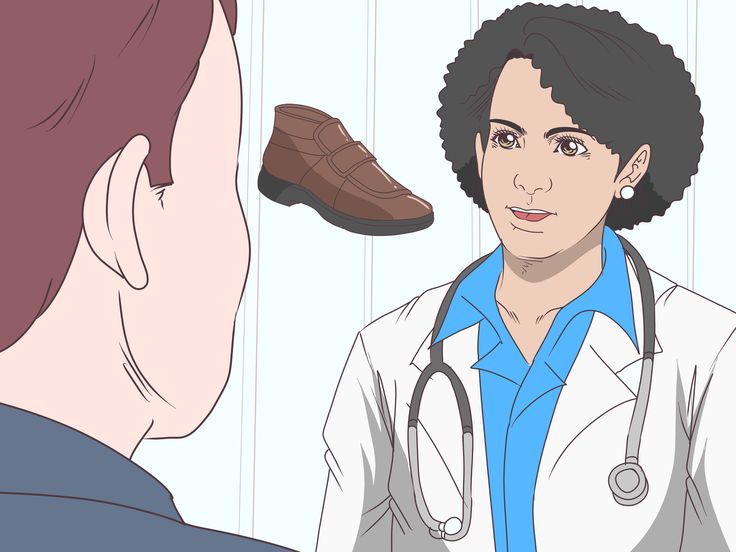
You can make an Epsom foot bath by adding one cup of Epsom salts to a tub of warm water. Soak your feet in this mixture for around twenty minutes for relief.
You can also try some stretching exercises to help your sore feet. You can target one area of your foot like your toes or heel, or you can engage in several stretches to target your entire foot. These exercises can prevent cramping and promote flexibility:
Keeping your feet flexible and strong are keys to avoiding foot pain. Walking regularly for exercise is actually the best way to keep your feet limber and healthy. Avoid engaging in a lifestyle that is too sedentary. A pedometer may be a way to make sure you’re walking enough and keeping your feet active.
Walking regularly for exercise is actually the best way to keep your feet limber and healthy. Avoid engaging in a lifestyle that is too sedentary. A pedometer may be a way to make sure you’re walking enough and keeping your feet active.
You can also try resistance exercises to strengthen your feet and prevent future soreness. You can use resistance bands or weights to build strength in your feet. Even your own body weight can serve you in resistance training.
Here are a few strengthening exercises for your feet:
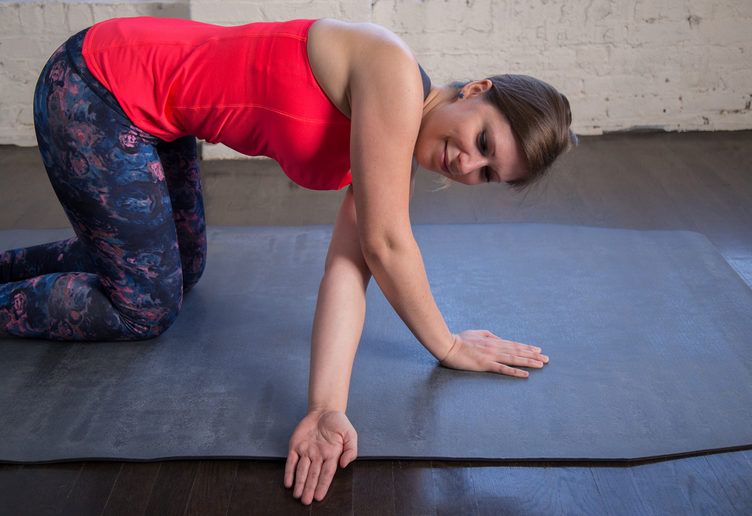 Repeat several times. This will stretch your heel.
Repeat several times. This will stretch your heel. You can massage your own feet to help soreness and improve circulation. Sit down in a comfortable chair and rub and knead the bottoms of your feet. Pull apart and bend your toes to massage them. Using lotion or oil can help lubricate your skin, making it easier to massage the foot.
Products like foot rollers (which are textured cylinders), may also help massage the foot if you roll it on the floor with your feet.
Arch supports, or orthotics, can keep your feet stable while standing or walking, eliminating pain. You can purchase these at the store or have them custom made for you by a doctor. Both have shown to be effective in eliminating rear foot pain and improving overall foot functioning.
See arch supports for purchase online here.
Your shoes could be the culprit for your foot pain. Wearing shoes beyond their life span, the wrong style of shoe, or an incorrect shoe size can impact the health of your feet.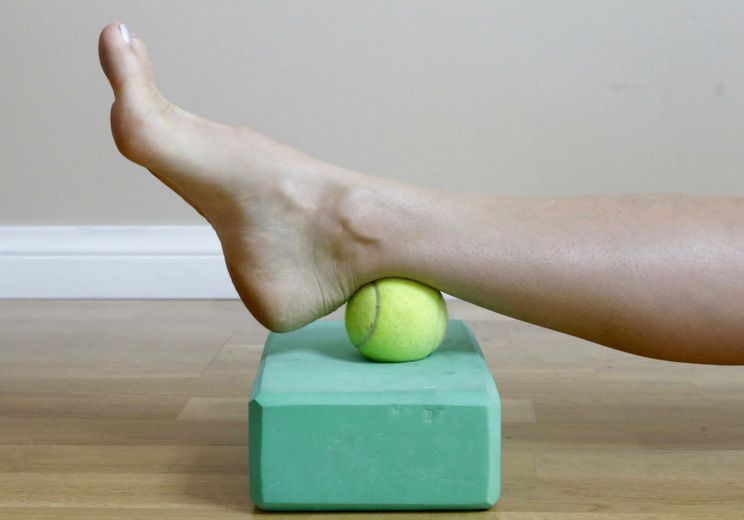
Keep in mind:
Consider purchasing new, well-fitting shoes to help your aching feet. Shoes that provide proper arches can give your feet new life. Also, wear shoes that work for whatever activity you’re engaging in. For example, wear sneakers when exercising.
Icing your feet can reduce inflammation that causes soreness. Apply ice to sore feet by filling a plastic bag with ice or rolling your feet on a frozen water bottle. Try to ice the affected area for 5 to 15 minutes a few times a day to help reduce inflammation.
There are several over-the-counter medications you can try for pain and inflammation. Medications like acetaminophen can target pain, while nonsteroidal anti-inflammatories, like ibuprofen and naproxen sodium, can target pain as well as inflammation.
You may need to take these types of medications for a few weeks to completely relieve long-lasting foot inflammation. It may be helpful to talk to a doctor to find out how long you can take one of these medications and avoid the side effects.
You may find that applying a medication topically to your foot helps with foot pain. There are some products available over the counter that offer cooling and pain-relieving sensations. Some of these medications include ingredients like menthol, eucalyptus, and turpentine. Others contain salicylates or substance P to reduce pain.
You may be able to address foot pain while you’re sleeping. Night splints keep your feet in a locked position overnight so you don’t sleep with your feet pointing, which can cause foot pain.
One study suggests that night splints may be a cost-effective and useful way to treat plantar fasciitis, a common foot condition that affects up to 1 million people per year.
Buy night splints online.
Before you try home remedies for sore feet, consider if you have a more serious condition that should be seen by a doctor. You may have injured your foot or developed a condition that can only be treated by your doctor.
You may have injured your foot or developed a condition that can only be treated by your doctor.
Contact your doctor if you:
You should contact your doctor right away if you have diabetes and experience any abnormalities with your feet, as this could be the sign of a serious condition.
There are many methods you can try to relieve sore feet at home. Try a few of these in combination to soothe your sore feet. Keep in mind that it may take some time for your sore feet to feel better.
Contact your doctor if you suspect a more serious foot condition, or if you have severe foot pain. If you have diabetes and experience foot pain, call your doctor immediately.
If you have diabetes and experience foot pain, call your doctor immediately.
The aching feeling of fatigue, heaviness in the legs is familiar to many of those who work from morning to evening in a sitting position. Marat Kalmurzaev (World Class Kuntsevo and Mind Body Studio by World Class), certified trainer of Romana's Pilates, talks about what types of fitness and exercises help to cope with it.
“If you have discomfort in your legs, the first thing to do is figure out what exactly it is.
Is it leg fatigue after exercise? In this case, such sensations will be a logical “response” to activity (note that the norm does not include excessive fatigue from overexertion during training - the load must be selected adequately).
If the legs feel more like heaviness, swelling after a sedentary day, this may be due to congestion in the lower extremities. It is easy to determine if there is puffiness: if you take off your socks, a trace of them will remain on the skin, and the shoes will feel tight, as if the size is not yours.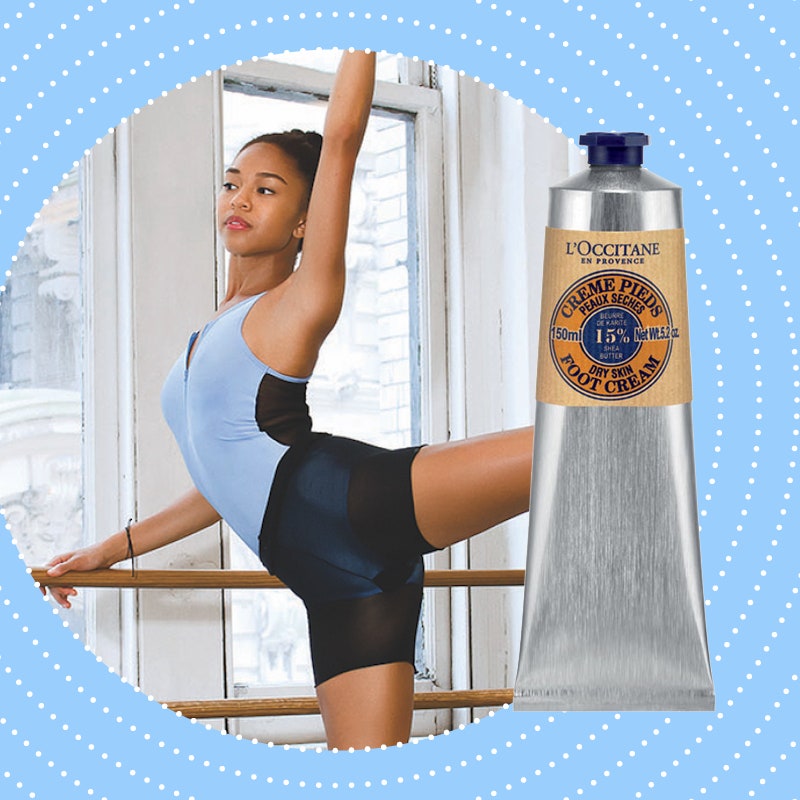
The legs, as the lowest point of the body, “collect” more fluid in themselves due to gravity; this is in accordance with the laws of universal gravitation. However, in our body, everything is thought out in such a way that the liquid does not stagnate. Normally, it should move back up. Thus, the musculo-venous pump of the lower leg promotes good circulation of fluids - their effective movement from the lower extremities upward due to muscle contraction. However, with a sedentary lifestyle, with a predisposition to edema and in the presence of certain diseases, the outflow of fluid can be impaired, which leads to a feeling of heaviness, “fatigue” in the legs.
With such a symptom, it is best to consult a phlebologist or vascular surgeon to find out if the problem is related to vascular diseases of the lower extremities. Seeing a specialist will also help you understand whether it is possible to train in this situation - and how exactly.
“If training is allowed by a doctor, then you should start with such areas as Pilates, yoga, stretching.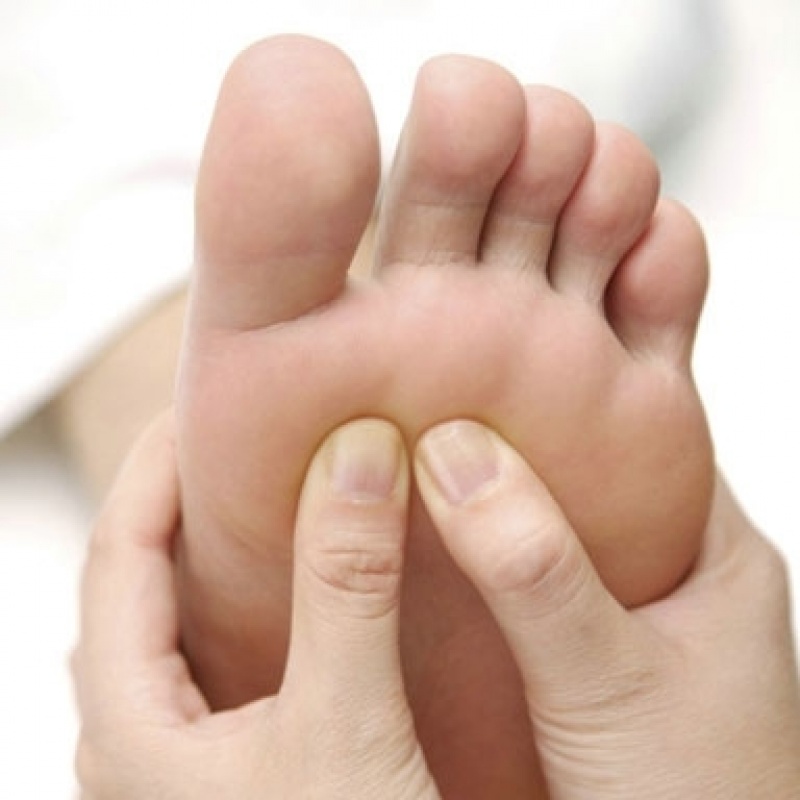 Such classes include many exercises that help the outflow of fluid: the legs in them are in line with the heart or even higher. In addition, there is a movement that includes a muscle pump, which provides a more pronounced effect than, for example, the practice of simply holding the legs up against the wall to relieve fatigue.
Such classes include many exercises that help the outflow of fluid: the legs in them are in line with the heart or even higher. In addition, there is a movement that includes a muscle pump, which provides a more pronounced effect than, for example, the practice of simply holding the legs up against the wall to relieve fatigue.
For many, cardio is the first thing that comes to mind to solve the problem of “tired” legs. However, it should be connected to your program only when a person has already entered an active training mode after a sedentary period. If you immediately start cardio training, this can exacerbate the problem: when the heart and muscle pump are not prepared for the load and must abruptly engage in intense work, this can, on the contrary, cause even more fluid retention.
Therefore, you need to start with moderate loads, choosing them together with the trainer. If you visit the gym, then horizontal simulators with a platform leg press can be used. Swimming can have a positive effect in combination with basic training.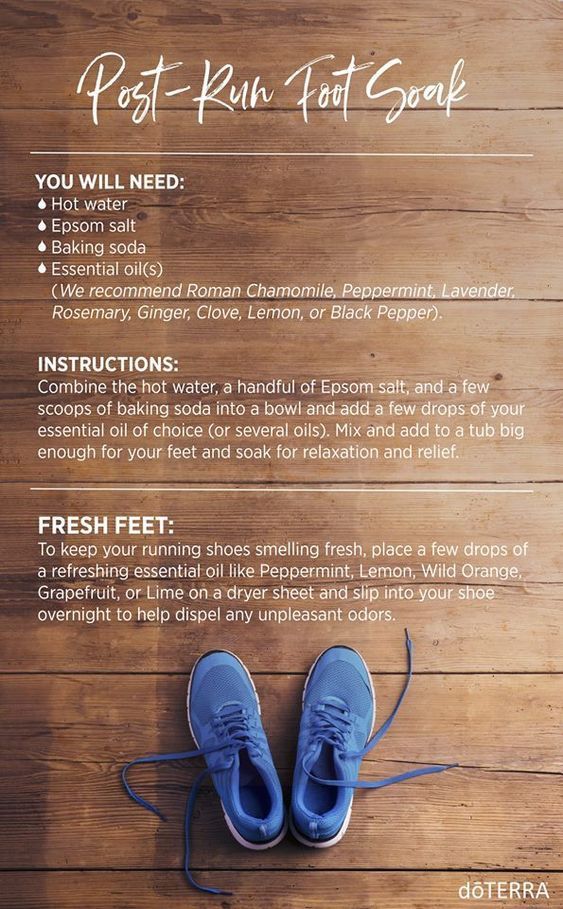 Once you get used to your new workout regimen, you can add more active cardio, like running, to it.
Once you get used to your new workout regimen, you can add more active cardio, like running, to it.
What should be excluded from training is, firstly, exercises that are performed sitting or standing (if the problem is caused by the fact that a person spends most of the day in this position), and secondly, exercises with excessive straining, which impair the functioning of the valves and reduce the possibility of outflow of blood from the lower extremities.
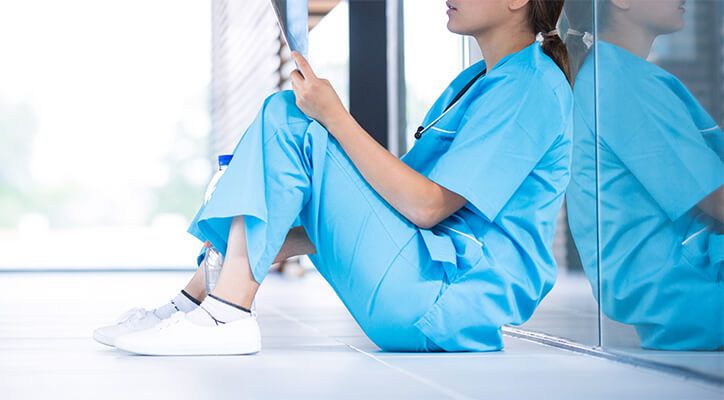
“In addition to exercise, among the “home” ways to relieve the feeling of fatigue from the legs are contrast water treatments: you can use cool (not ice) water to improve circulation. The temperature during addiction can be gradually reduced, but there should not be a long exposure to cold water or sudden hypothermia, so as not to chill the joints. In addition, various venotonic gels can be used to eliminate discomfort.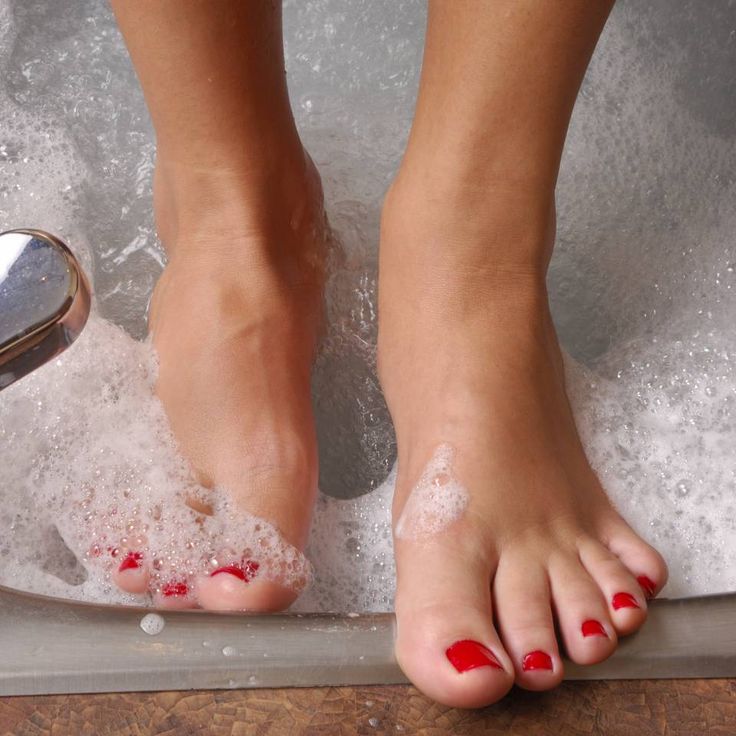 However, it is most competent to select them with a doctor - just like other measures to get rid of heaviness in the legs, having previously found out whether it is associated with venous diseases.
However, it is most competent to select them with a doctor - just like other measures to get rid of heaviness in the legs, having previously found out whether it is associated with venous diseases.
Leg fatigue causes a feeling of discomfort and aching heaviness. This cannot but affect the general condition of a person who is ready to cancel all his evening activities because of this trouble. And when a visual side effect in the form of edema is connected to this, then any woman seeks to say goodbye to this problem forever. some recommendations can help in this situation . By following them completely, leg fatigue can be minimized by .
1) The first thing to do when you get home is take clean socks and put them in the freezer. As funny as it sounds, they will come in very handy later.
2) Then take the supine position and raise the legs as high as possible .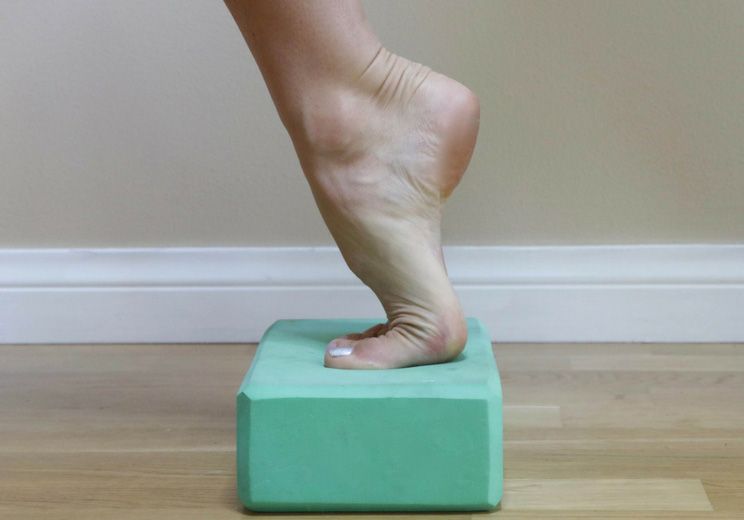 For this, the back of the sofa or the largest pillow is well suited. Lie down like this for about 10-15 minutes. During this time, the fluid accumulated in the lower extremities should be naturally distributed throughout the body.
For this, the back of the sofa or the largest pillow is well suited. Lie down like this for about 10-15 minutes. During this time, the fluid accumulated in the lower extremities should be naturally distributed throughout the body.
3) It is the turn of the water treatment . To do this, you need two suitable containers. In the first, pour water a little higher than room temperature, and in the second - a couple of degrees lower. First, the legs are immersed in warm water for half a minute, and then in cool water. In the latter, you should hold the legs for at least a couple of minutes. And again we repeat this several times.
Please note that the water must never be too hot or cold. This can only harm rather than help tired legs.
4) Then proceed to self-massage . Each leg must be massaged separately, starting with the foot and ending with the calves. Movements should be stroking and rubbing. Do not get too carried away and move on to intense massage. Legs after a hard day need to relax.
Legs after a hard day need to relax.
5) Now has come to the turn of the blank from socks . We take them out of the freezer, put them on the legs and again lie in their original position for 10 minutes. As a result, after the performed manipulations, heaviness and fatigue will instantly disappear, and the ugly swelling will disappear.
In addition to rehabilitation activities, women's feet need daily care .
This attitude allows to avoid excessive fatigue before a long day in heels, while maintaining their beauty and health. You can arrange such procedures for yourself at home without resorting to the use of expensive drugs.
1) Pamper your feet with a special mask at least once a week , made from tomatoes and ordinary table or sea salt. To do this, the skin is removed from three tomatoes, and the pulp is pounded to a gruel state. Next, add a good pinch of salt to it and mix everything. The resulting vitamin composition must be applied to the skin of the legs, wrapped in cling film and covered with something warm. Wash it off with warm water after 20 minutes.
The resulting vitamin composition must be applied to the skin of the legs, wrapped in cling film and covered with something warm. Wash it off with warm water after 20 minutes.
As a result of this procedure, fatigue disappears, metabolism begins to accelerate, and blood flows more actively through the vessels, which are cleansed due to this.
2) Legs, the muscles of which are weaker, are more prone to heaviness and swelling. To avoid these troubles, it is required to strengthen the muscles themselves . To do this, you need to do some exercises every other day. It is very useful to pick up pencils and pens scattered on the floor with your toes. You can also roll a ball under your feet while sitting on the couch. Better if it is with pimples. At the same time, all points of the foot are activated, which are responsible for the health of not only the legs, but also other organs.
There is another good exercise for which you need a fitball. You can replace it with a pillow or a children's big ball. It is necessary to take a sitting position, place the fitball between the legs and slowly squeeze it. In this case, the main work falls on the internal muscles of the legs, which turn out to be the weakest. Well, the well-known exercise "bike". It should also become a regular part of your daily routine.
It is necessary to take a sitting position, place the fitball between the legs and slowly squeeze it. In this case, the main work falls on the internal muscles of the legs, which turn out to be the weakest. Well, the well-known exercise "bike". It should also become a regular part of your daily routine.
3) Feet love to be pampered with healthy and healing baths . For their preparation, infusions and decoctions of the following herbs are used: chamomile, linden and succession. You can use sea salt and pine needle extract. And even better, if during such a procedure, small and large pebbles are poured onto the bottom of the basin and walked on them. This will not only have a beneficial effect on the condition of the legs themselves, but will also affect your skin.
4) Whenever possible, especially when it comes to a country holiday, allow yourself to walk barefoot . This is the best workout for the legs, which can forever save you from swelling and feeling of heaviness.